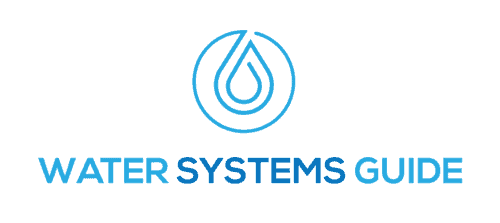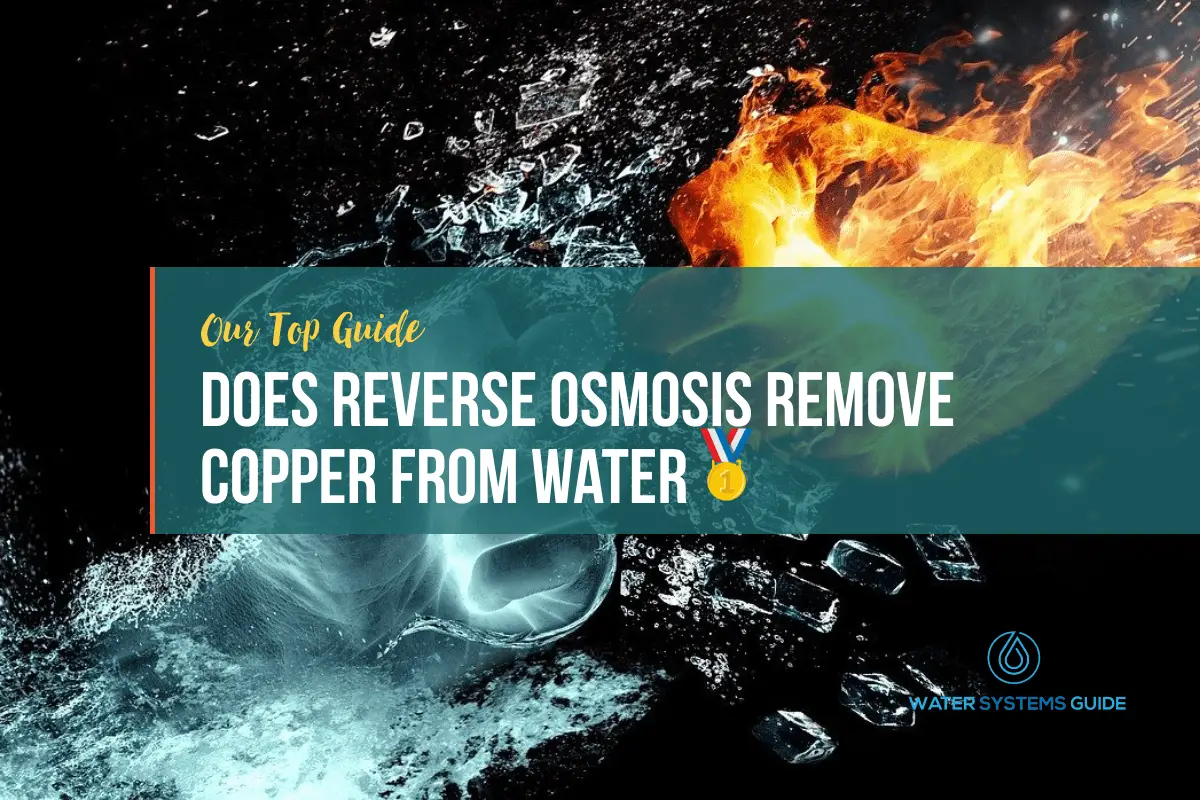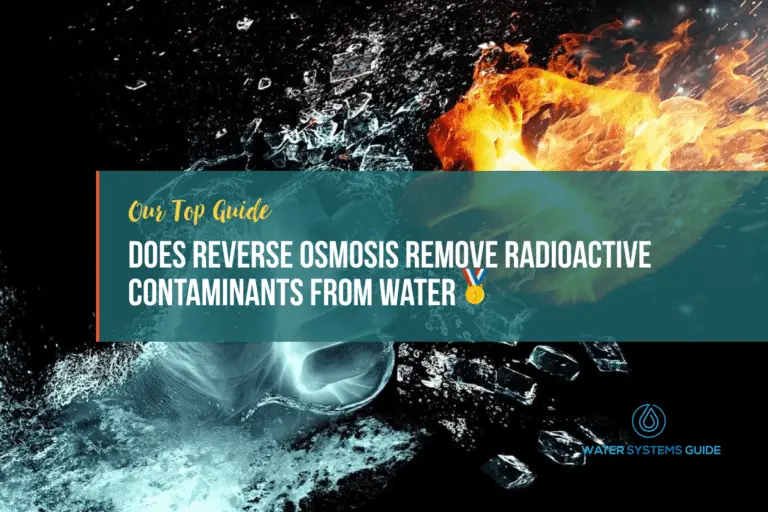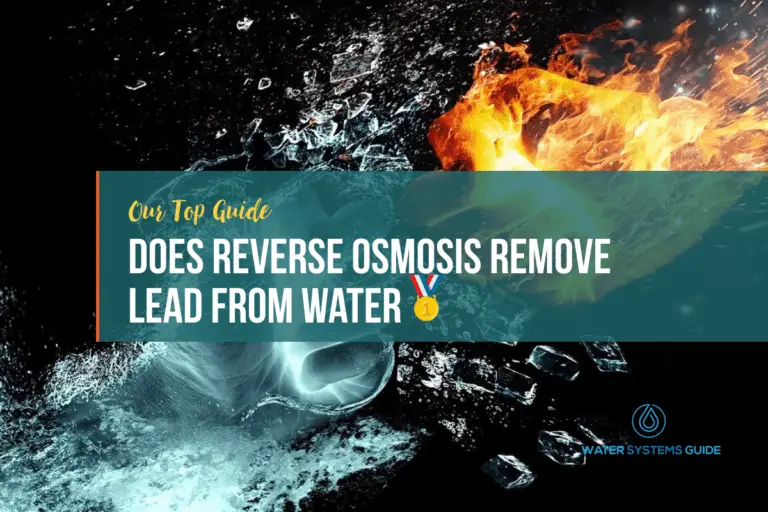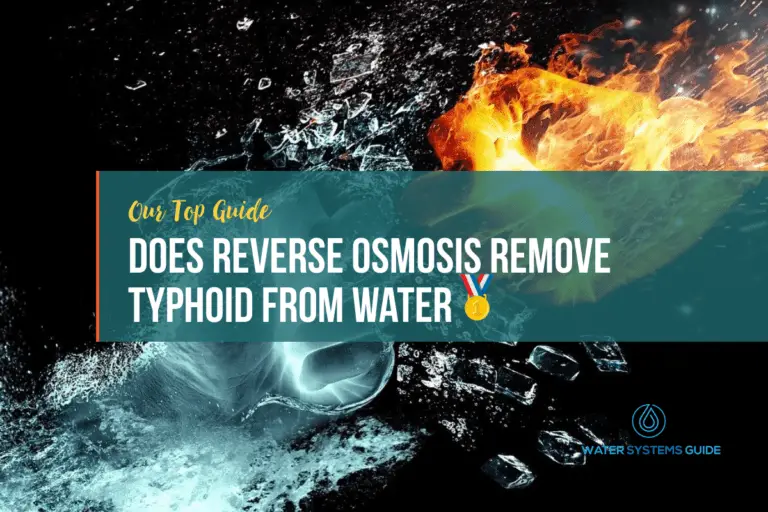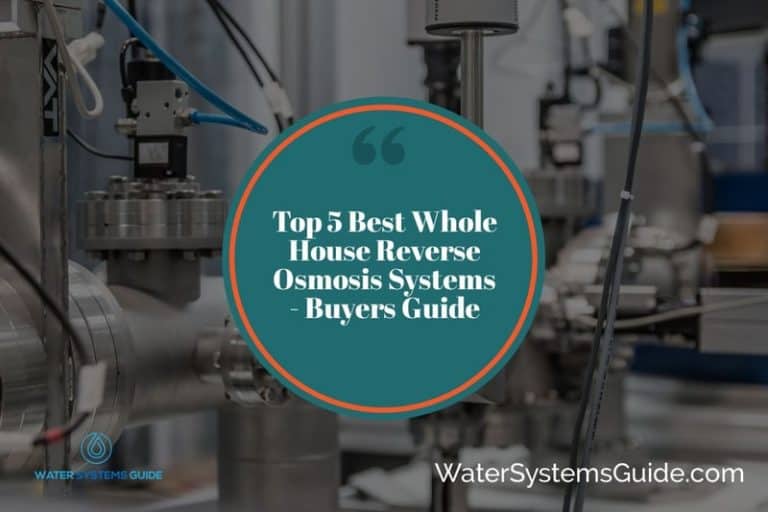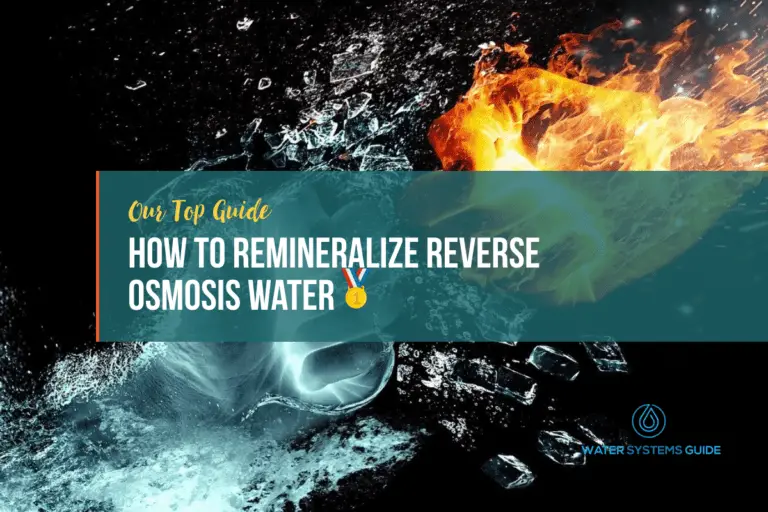Does Reverse Osmosis Remove Copper From Drinking Water
What Exactly Is Copper
Copper is a chemical element and mineral with the symbol Cu (from Latin: cuprum) and atomic number 29.
It is a soft, malleable, and ductile metal with very high thermal and electrical conductivity. A freshly exposed surface of pure copper has a pinkish-orange color. It is used in a variety of industries, including electrical and construction. Copper is a very versatile metal and has a wide range of uses.
Copper can also be found naturally in our environment. It is a component of many rocks and minerals, and it is often found in the soil. Copper is an essential trace element for plants and animals, and it plays a role in many biochemical processes.
Is Copper Beneficial To Humans?
Yes, copper is beneficial to humans. It is an essential trace mineral that helps the body form red blood cells and maintain a healthy nervous system.
Additionally, It is involved in a number of important processes in the body, including the production of energy, the synthesis of collagen and elastin, and the absorption of iron. Copper also has antimicrobial properties and can help to protect the body against infection.
What are the side effects of consuming too much copper?
The side effects of consuming too much copper can be both short- and long-term.
In the short-term, too much copper can cause gastrointestinal distress, including nausea, vomiting, and diarrhea. It can also lead to headaches, dizziness, and difficulty breathing.
In the long-term, too much copper can damage the liver and kidneys and cause anemia.
Does RO Remove Copper from Drinking Water?
Reverse osmosis (RO) is a water purification technology that uses a semipermeable membrane to remove ions, molecules, and larger particles from drinking water. In general, RO can remove most contaminants from water, including copper. However, the removal of copper is not guaranteed and depends on the specific RO system. Some RO systems are designed to specifically remove copper, while others may not be as effective. Overall, RO is an effective way to purify drinking water and remove most contaminants, including copper.
How to test your water supply for copper
If you are concerned that your water supply may be contaminated with copper, there are a few simple tests you can do at home to check. First, fill a glass with water from your tap and let it stand for 15 minutes. Then, using a clean white cloth, wipe the inside of the glass. If the cloth turns green, this indicates the presence of copper in the water.
Another way to test for copper is to collect a sample of water in a clean container and then drop a copper penny into it. If the penny turns green, this also indicates the presence of copper in the water.
Alternatively, you can use copper strip tests, or send a sample of your home’s water to a lab for testing.
If you find or suspect that your water supply is contaminated with copper, you should contact your local water utility company to have it checked and treated if necessary.
Depending on the results, you could then go about installing a POU (Point of use) or POE (Point of entry) water filter system, such as a whole house RO system, to reduce copper levels.
What else does reverse osmosis remove from water?
Alternative Methods Of Reducing Copper In Your Water Supply
There are a number of alternative methods that can be used to reduce the level of copper in your water supply.
According to Michigan Gov these include:
- Flush your pipes before using your water in the morning – this helps to remove copper which has accumulated during the night
- Using a filter can reduce copper in drinking water – If you’re buying a filter, look for the certification number NSF Standard 53 and make sure the box says that it reduces copper
- Do not use hot water for drinking or cooking – Copper dissolves more easily into hot water
